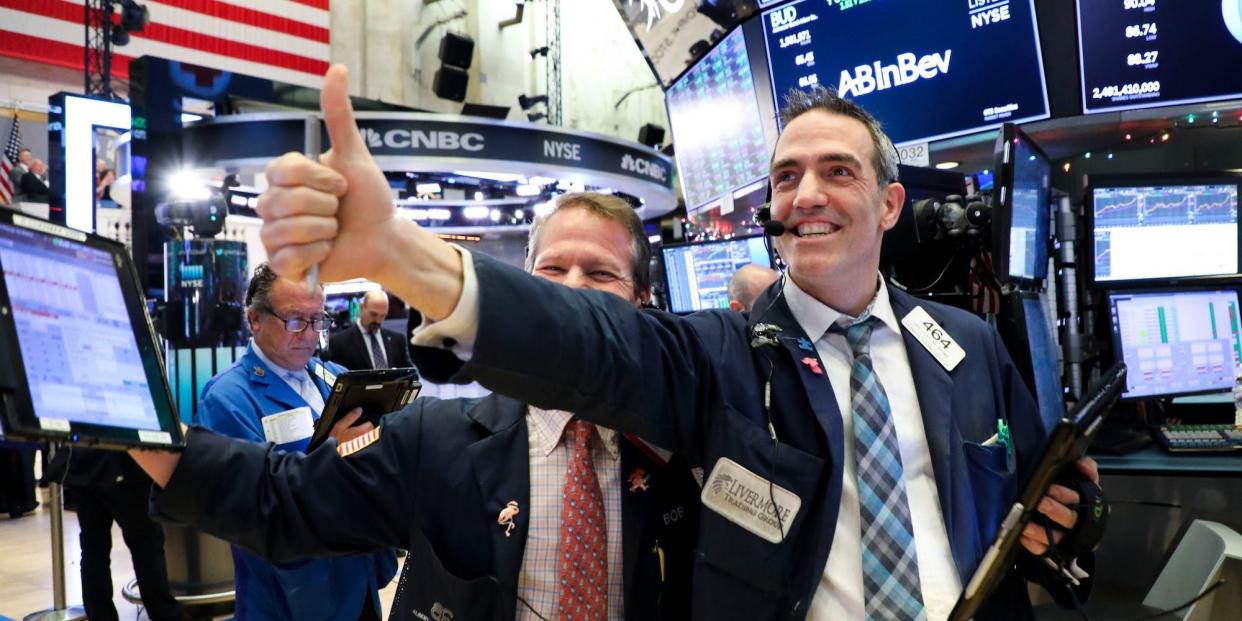The stock market just flashed the first sign that investors think the Silicon Valley Bank crisis is over

The stock market just flashed its first sign that suggests the US banking crisis is over, according to Fundstrat's Tom Lee.
The CBOE Volatility Index closed below the 20 level for the first time since Silicon Valley Bank collapsed.
"That is generally a constructive sign and is certainly counter to the general gloom of investors post SVB-failure," Lee said.
The stock market just flashed an important signal that suggests the ongoing banking crisis that was sparked by the collapse of Silicon Valley Bank earlier this month is over.
That's according to Fundstrat's Tom Lee, who highlighted in a Wednesday note that the CBOE Volatility Index fell below the all-important 20 level for the first time since the banking crisis started.
"The VIX term structure is also back into normal contango... this normalization of spread is often a sign investors see the worst of the crisis behind. That is generally a constructive sign and is certainly counter to the general gloom of investors post SVB-failure," Lee said.
If investors expect an imminent financial crisis but one doesn't materialize, the change in sentiment will help drive stocks higher as investors unwind bearish positions and get more bullish.
Lee highlighted three other signals that would suggest the banking crisis is over. And while they have yet to be triggered, they have made progress in the past week.
The MOVE Index, which tracks volatility in the bond market, soared above the 200 level in the wake of the US banking crisis and stress in European banks like Credit Suisse and Deutsche Bank. Lee wants to see the MOVE index fall back below the 150 level. On Tuesday, the index closed below 160 to 156, within striking distance of his bullish threshold.
He is also monitoring regional bank deposit flows, with the idea that once they stabilize, it will suggest consumer fears of further bank runs are easing.
According to the most recent data from the Fed, which encapsulates the immediate aftermath of the Silicon Valley Bank failure, consumers pulled about $120 billion from smaller regional banks, and deposited nearly $70 billion into larger banks.
Those outflows are to be expected, but what's key to watch is when deposit outflows from smaller banks begin to slow, and even reverse, which would suggest fears of another bank run are over.
Finally, Lee wants to see First Republic Bank stabilize as it receives an infusion of capital from mega-cap banks and Fed lending facilities.
All-in, with stocks higher over the past six months since the mid-October low, Lee expects further upside ahead. "If stocks do not make a new low post this crisis, the bears could capitulate."
Read the original article on Business Insider

 Yahoo News
Yahoo News 
